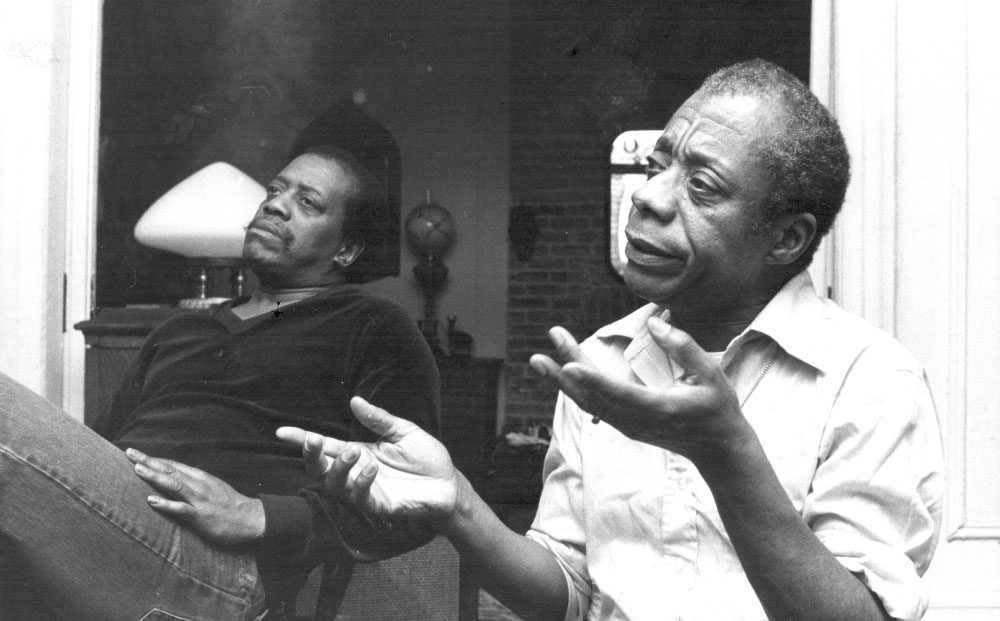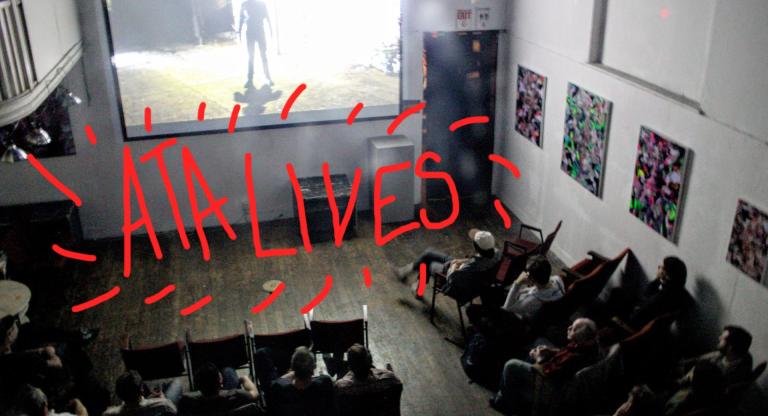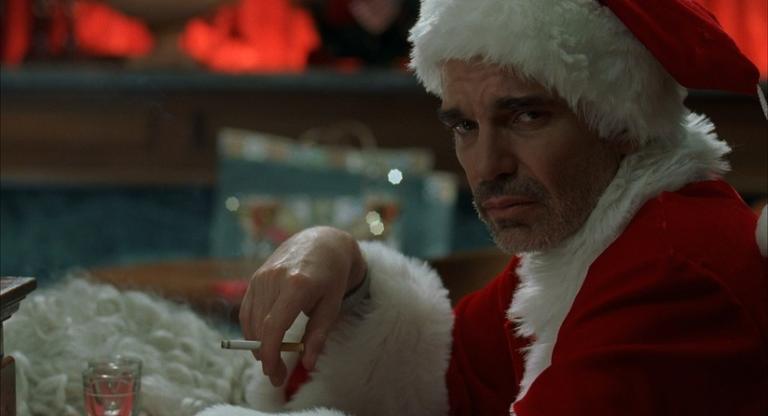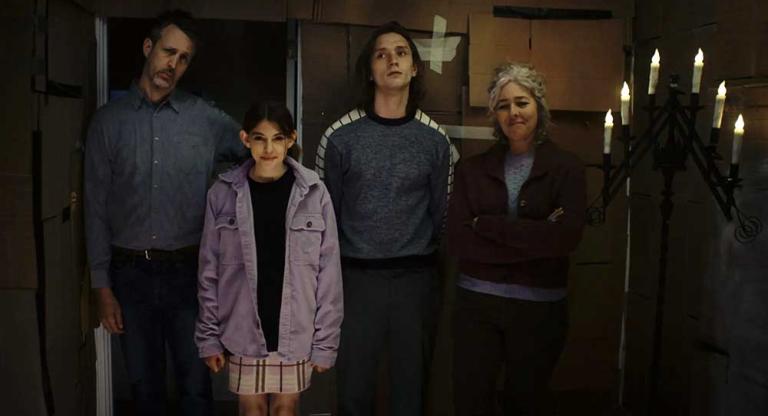In Dick Fontaine and Pat Hartley’s I Heard It through the Grapevine (1980), James Baldwin revisits the sites of the Civil Rights movement, meeting with Black community leaders, close friends, students, and youth throughout the American South. The poet and historian Sterling Brown advises him at the start of his journey: “What you see and how you render what you see, that’s very important for us.” A repeated, collective question carries us through the film: what, if anything, has changed in all these years for the people who fought on the Freedom Road?
Baldwin rises to the task Sterling left him, listening to and taking part in radical, angry, and funny conversations with people whose voices may not have otherwise entered the record. He also meets with central figures of the movement: Ralph Abernathy in Montgomery; Hosea Williams and Oretha Castle Haley in New Orleans; Chinua Achebe in Jacksonville; Freedom Rider Jerome Smith in Mississippi; and many others. While Baldwin is often in the frame, and his own celebrity anchors the film, he’s just as much the intermediary to whom all these striking, markedly brilliant people are speaking. Baldwin and the directors document evidence of present-day violences in a film ostensibly about history, particularly the state brutality against Black people in Selma lining up during a voting registration drive. All the while, the film makes use of archival footage—of white mob violence, funerals of Civil Rights leaders, interviews with inmates in crowded prisons, scenes of mass protests and neighborhoods abandoned after uprisings—with music keeping the pace. The reels weave the past and present into a metronome, keeping time as the myriad of voices that come together in song span the land.
We first meet Baldwin alone in his study, paging through a book of images. The first we see is of a KKK member, delivering an unsettling juxtaposition to foreground the overall tone. Baldwin’s face is out of frame. But the interjection of music makes clear the transit between pain and joy that will characterize the film. We sit with Baldwin and his brother, David Jr., to watch Cornel Dupree and Richard Tee perform at Mikell's jazz club on 97th Street and Columbus Avenue. The intimacy between the brothers is made especially evident when they’re in James’s study, where they finish each other’s sentences. In these scenes, the film depicts the richness of Baldwin’s private and familial life, connecting such intimacies to the political tradition in which Baldwin was immersed.
Black musical traditions endow the documentary with rhythm, suffusing and structuring its politics: gospel-inflected protest songs on the road in Plains, Georgia; a mournful trumpet playing over Baldwin’s press interview in Newark; a continuous, repeated drumroll and quartet ensemble that play over footage of thousands marching across the Edmund Pettus Bridge in Selma, uniting voices across generations and between distant cities. Fontaine and Hartley emphasize Baldwin’s many valences of listening—to music, to interviews, to political indictments of war and violence. In a 2016 study of Baldwin, “Who Can Afford to Improvise,” Ed Pavlić makes this connection clear: the grapevine of the film’s title refers not only to Marvin Gaye’s song, but to the long tradition in Black communities of transmitting and carrying coded, spiritual messages of rebellion and escape. “Baldwin thought Black music had smuggled crucial legacies through history that would . . . otherwise [be] lost to mainstream culture and vocabularies,” Pavlić wrote to me in an email exchange. “Black music is indispensable to the authority of a Black self and mutual regard that had been, in effect, smuggled through and refined in contention with American history.”
Toward the end of the film, Baldwin visits Newark with Amiri Baraka. Surrounded by kids who live in the looming, half-vacant public housing towers, Baldwin discusses Ronald Reagan’s social vision for inner-city America: essentially, “If you don’t like it, leave.” The rubble of decimated neighborhoods and vacant lots constitute an “absolute absence” that strikes Baldwin after decades abroad. The film moves quickly from children's voices in Newark to Richard Tee’s piano in Cornell Dupree’s quartet. Sitting with David at the bar in Mikell’s, with his voice in a syncopated whisper, Baldwin says, “I would like to indicate to the president-elect, who says you can ‘vote with your feet’ in this country, I dare him to go to Newark and tell the people in Newark that they can ‘vote with their feet’ in this country. I dare him to tell all of those trumpet players, honky-tonk pianists, all those gospel singers, and their mamas and their papas, that you can ‘vote with your feet’ in this country.” Thus Grapevine makes clear that the abolition of oppressive power structures could never be far away from the sounds and music that are part of everyday life in those spaces of resistance.
I Heard It through the Grapevine opens today, January 12, at Film Forum in a new digital restoration. Co-director Pat Hartley will be in attendance to introduce this evening’s screening.



